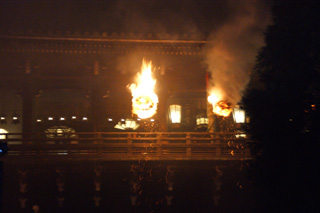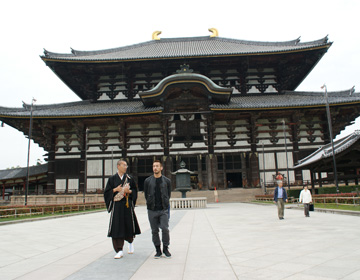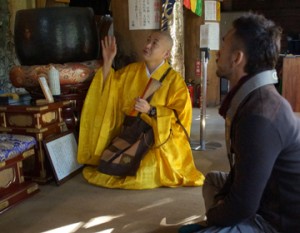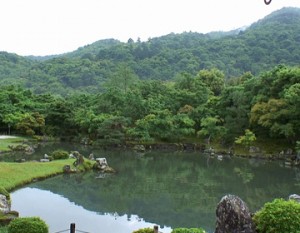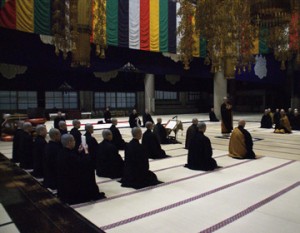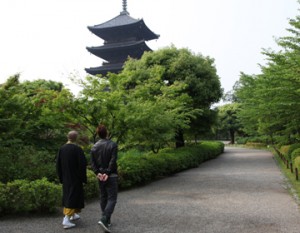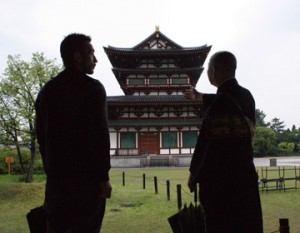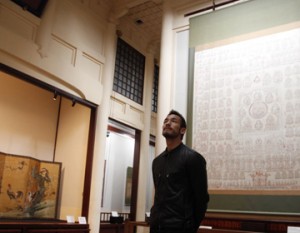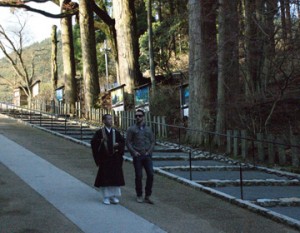Grand architecture
The Buddha statue is 14.9 m tall, enabling you to just see the Buddha’s face when you look up. Todaiji is home to the ”Birushanah Buddha”, the most famous Buddha in Japan, the Buddha of Nara. Kinshuji, the origin of Todaiji was built in 728. In 743 Emperor Shomu issued a decree for the rearing of the Buddha. When it was completed, the ceremony to consecrate a newly made Buddha statue was held in 752. This was 200 years afer Buddhism was introduced to Japan.
Todaiji was built during the times of the Tenpyo culture. Tenpyo culture refers to the culture of Buddhism that prospered during the Nara period. Politics were influenced heavily from Tang, and this was the period where culture unique to Japan was being developed. Todaiji is the full reflection of this trend, and in 1998, it was designated as Unesco’s World Heritage as a part of the Cultural asset to the old capital Nara.
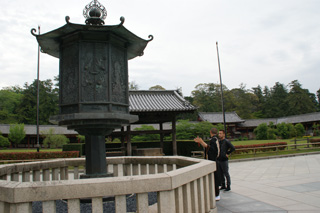
Traditional events that never fade
There are events at Todaiji that have been succeeded for over 1250 years. It is referred to as ”shunie” or ”omizu tori” but officially it is a memorial service called ”juichimen kahou”.
It is an event where the monk prays for the nation’s prosperity and people’s happiness by confession and repent on behalf of the people to the ”Juichimen Kanzenon Bosatsu” which is worshipped at the Nigatsudo, Todaiji. 11 chosen monks head toward Nigatsudo, their pathway lit by the flames of torches. The sacred torches are lit towards the Nigatsudo everyday from the 1st of March to the 14th. On the 12th an ascetic practice by the well, ”wakasai” is conducted, fetching ”okouzui,” sacred water offered to the Kannon.
Nakata observed the ”shunie”. In the solemn ambience of early spring, the flames of the torches swayed in the darkness.
